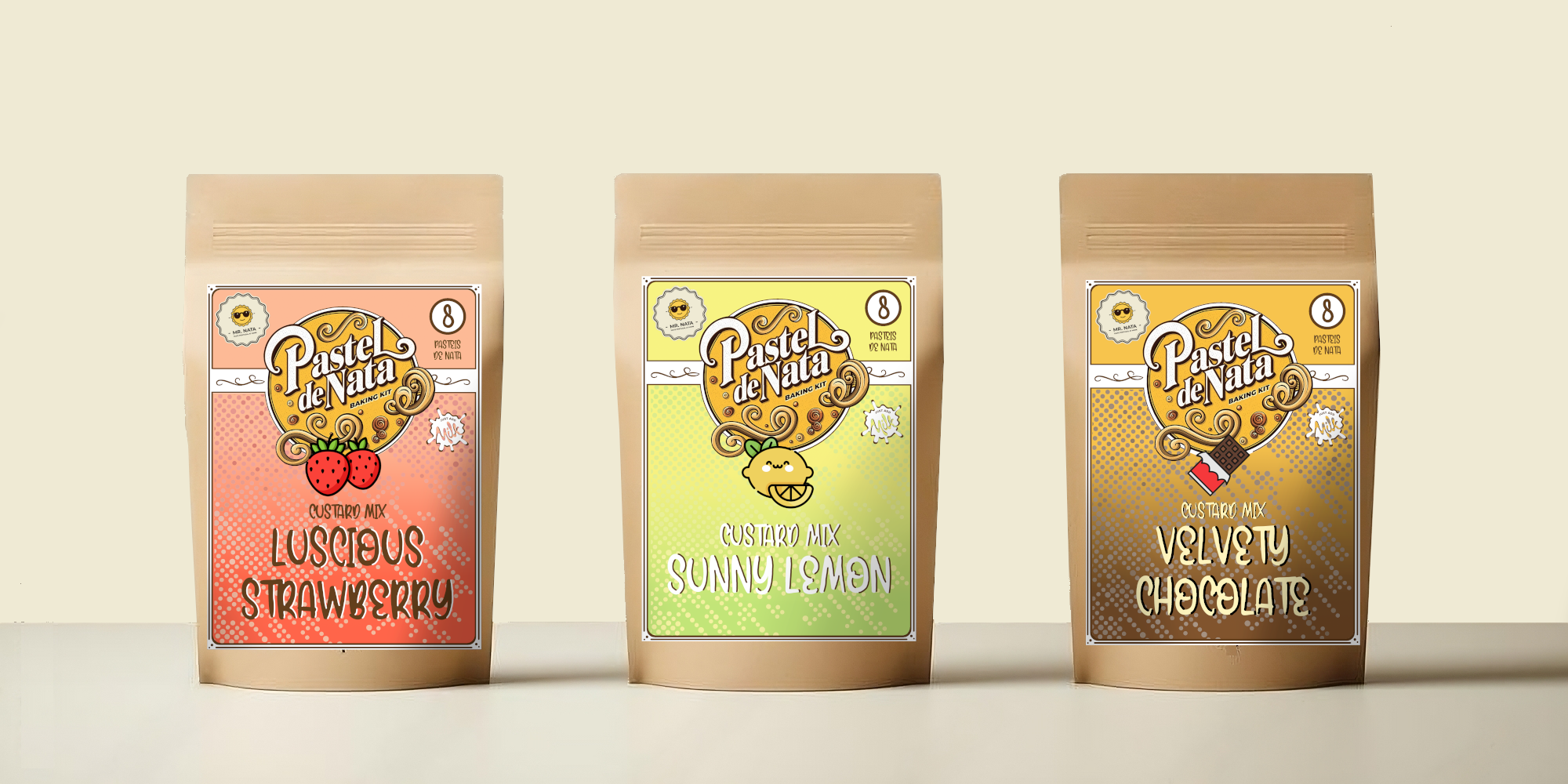The history of Pastéis de Nata: from Monastery to your kitchen
The Pastel de Nata, one of Portugal’s most iconic desserts, is beloved for its creamy custard filling and crisp, flaky pastry. This delicious tart has become a symbol of Portuguese cuisine, enjoyed by millions of people around the world. But behind each bite of these golden treats lies a rich history that stretches back over 200 years, rooted in the monasteries of Portugal. Let’s explore the fascinating journey of Pastéis de Nata, from their humble beginnings to becoming a global favorite you can now bake in your own kitchen.
A Monastic Invention: The Origins of Pastéis de Nata
The story of Pastéis de Nata begins in the early 19th century in Belém, a parish in Lisbon. At that time, many convents and monasteries across Portugal used large quantities of egg whites for starching clothes, which left an abundance of egg yolks. Faced with this surplus, monks and nuns in the Jerónimos Monastery began to use the leftover yolks to create sweet pastries, as was common in monasteries across Portugal. Thus, the first Pastéis de Nata were born.
The monks used simple ingredients—egg yolks, sugar, and flour—to craft these creamy custard tarts encased in a flaky, buttery crust. These tarts quickly became popular in the surrounding areas, and their reputation grew as a local delicacy.
The Secret Recipe: From Monastery to Bakery
In 1834, after the liberal revolution in Portugal, many monasteries were closed, including the Jerónimos Monastery. To support themselves financially, the monks began selling their Pastéis de Nata to a nearby sugar refinery. Sensing an opportunity, the refinery’s owners acquired the recipe and opened the Fábrica de Pastéis de Belém in 1837, just a short walk from the monastery.
This bakery, still operational today, became famous for its Pastéis de Belém, a variation of the Pastéis de Nata made according to the original monastic recipe. The secret recipe has been passed down through generations and remains closely guarded, known only to a handful of master bakers.
A Portuguese Favorite Spreads Across the Globe
While Pastéis de Belém remain exclusive to the Lisbon bakery, Pastéis de Nata soon spread beyond Belém and into the rest of Portugal. Bakeries across the country began producing their own versions of these tarts, each with slight variations in flavor, texture, and size. The combination of the crispy pastry and creamy custard filling captured the hearts of locals and visitors alike, solidifying the tart’s status as a national favorite.
As Portugal’s global influence expanded during the Age of Exploration, so did its culinary traditions. Portuguese immigrants and explorers brought Pastéis de Nata to places like Brazil, Macau, and other parts of the world, where these tarts became beloved in their own right. In Macau, for instance, the tarts evolved into the Macanese egg tart, a slightly sweeter version influenced by Chinese culinary traditions.
Today, Pastéis de Nata are recognized and enjoyed worldwide, often found in bakeries, cafés, and restaurants far beyond Portugal’s borders.
Bringing Pastéis de Nata Into Your Kitchen
The magic of Pastéis de Nata lies in the simplicity of their ingredients and the skill required to achieve the perfect balance of textures—crispy on the outside, smooth and creamy on the inside. While these tarts were once confined to the monasteries and bakeries of Portugal, today, you can make them right in your own kitchen.
With the Mr Nata kit, you can experience the joy of baking authentic Pastéis de Nata at home. Our kit includes everything you need: stainless steel molds, a traditional custard mix, and easy-to-follow instructions that guide you through the process of making these iconic tarts. Whether you’re a seasoned baker or trying your hand at Pastéis de Nata for the first time, our kit ensures you get the authentic taste of Portugal in every bite.
A Taste of History in Every Bite
From their origins in the kitchens of monks at the Jerónimos Monastery to their rise as a global pastry sensation, Pastéis de Nata have a rich history that adds depth to their already incredible flavor. Today, these tarts serve as a delicious reminder of Portugal’s culinary heritage, and now, with the Mr Nata kit, you can bring that tradition into your home kitchen.
Ready to bake a piece of history? Visit MrNata.com to order your kit and start making authentic Pastéis de Nata at home!






